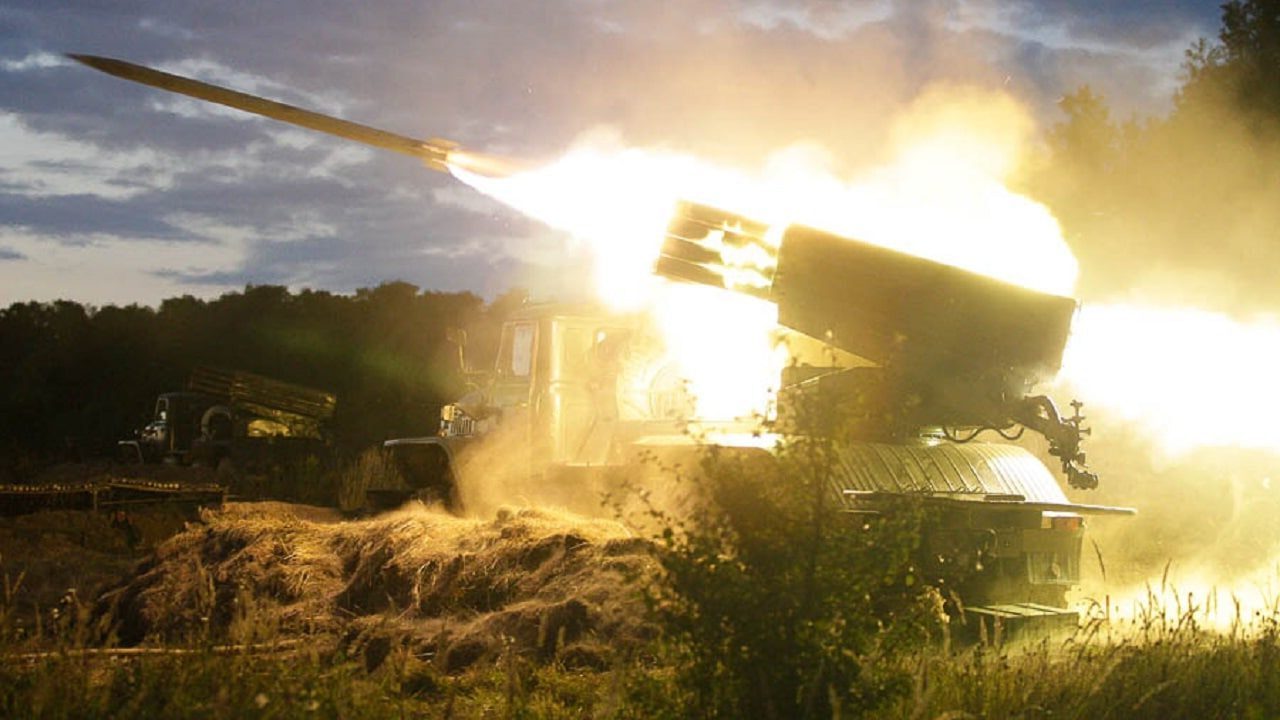On day 134 of the Russian invasion of Ukraine, the Russian military is planning its next moves in eastern Ukraine. For the time being, the Russian forces have halted major offensive operations in the Donbas as they reorganize for the next steps.
Operational Pause and Covert Mobilization
The Russian military has paused major offensive operations in Ukraine but continues to conduct small-scale attacks.
“It means, in this case, that Russian forces will likely confine themselves to relatively small-scale offensive actions as they attempt to set conditions for more significant offensive operations and rebuild the combat power needed to attempt those more ambitious undertakings,” the Institute for the Study of War assessed.
In its daily estimate of the war, the British Ministry of Defense touched on the tactical pause of the Russian military in the Donbas but mainly focused on the ways the Kremlin is working to keep the war going on without losing domestic support.
“On 06 July 2022, heavy shelling continued along the Donetsk front line, but with few advances being made by Russia. Russian units involved in last week’s gains are now likely re-constituting,” the British Military Intelligence assessed.
This is the first time in the war when the Russian Ministry of Defense didn’t claim any territorial gains in Ukraine.
Meanwhile, to sustain the war and the high casualties, the Kremlin has been working behind the scenes to enable its plans to continue.
“On 05 July 2022, a law proposed by the Russian government on ‘special economic measures’ passed its first reading in the Duma. The legislation is likely to be adopted and will give the authorities special powers over labour relations; the reactivation of mobilisation facilities; and to release assets from state reserves,” the British Ministry of Defense added.
Russian President Vladimir Putin hasn’t declared war on Ukraine and has been insisting that the conflict is a limited, “special military operation” that doesn’t require full mobilization of the Russian economy and people. It is hard to walk back from that without admitting failure, so the Kremlin has been trying to come up with ways to produce funds but mainly troops without upending Russian domestic politics.
“The legislation is likely an attempt by the Kremlin to put into place economic measures to support the ‘special military operation’ without a formal declaration of state mobilisation, which remains politically sensitive. It also allows Russia to avoid acknowledging that it is engaged in a war or its failure to overcome Ukraine’s military that was outnumbered and outgunned,” the British Military Intelligence stated.
Putin might be a dictator in everything but name, and yet it is important for him to maintain a façade of political normalcy.
“The Kremlin continued to set conditions for the crypto-mobilization of the Russian economy in anticipation of protracted operations in Ukraine. The Russian State Duma adopted the third and final reading of a law introduced by the cabinet of ministers on June 30 that will allow the Russian government to oversee and regulate labor relations in Russian enterprises (both state and privately-owned). This law, as ISW has previously reported, will allow government officials to recall workers from personal vacations, reschedule time off without employee consent, and require employees to work weekends, holidays, and nights,” the Institute for the Study of War stated.
This new proposed law has still to go through the Russian Federation Council, but this seems to be only a detail.
Russian Casualties
The rate of Russian casualties has slowed down, reflecting the tactical pause in place in the Donbas. But even with the slower pace over the past few days, the Russian forces still managed to lose close to 30 tanks, armored personnel carriers, and infantry fighting vehicles and up to 500 men killed or wounded in the last 24 hours. Clearly, this rate of casualties is unsustainable in the long term.
Overall, the Ukrainian Ministry of Defense claimed that as of Thursday, Ukrainian forces have killed approximately 36,650 Russian troops (and wounded approximately thrice that number), destroyed 217 fighter, attack, and transport jets, 187 attack and transport helicopters, 1,602 tanks, 815 artillery pieces, 3,797 armored personnel carriers, 247 Multiple Launch Rocket Systems (MLRS), 15 boats and cutters, 2,665 vehicles and fuel tanks, 153 anti-aircraft batteries, 667 tactical unmanned aerial systems, 66 special equipment platforms, such as bridging vehicles, and four mobile Iskander ballistic missile systems, and 155 cruise missiles shot down by the Ukrainian air defenses.
1945’s New Defense and National Security Columnist, Stavros Atlamazoglou is a seasoned defense journalist specializing in special operations, a Hellenic Army veteran (national service with the 575th Marine Battalion and Army HQ), and a Johns Hopkins University graduate. His work has been featured in Business Insider, Sandboxx, and SOFREP.

